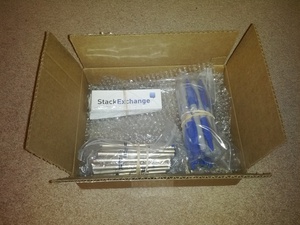Day 5: Plenary sessions (again!)
Posted by David Zaslavsky onDIS 2012 wrapped up today, and the last day of the conference was filled with another round of plenary sessions (attended by everybody). This time, though, the talks were mostly devoted to summarizing the parallel sessions which took place over the previous three days.
The conference was divided up by topic into seven working groups: structure functions, the future of DIS, diffraction and vector mesons, electroweak and new physics searches, hadronic final states, heavy flavor, and spin physics. Each of these working groups was organized by two or three conveners, who were also responsible for putting together and presenting the summary slides. I have to recognize the impressive amount of work this must have taken: in one afternoon, the conveners went through every single presentation given in the conference, and organized and adapted the main conclusions from all of them into an experimental and a theoretical summary talk for each working group. Not to mention they had to stay awake and attentive for the entire three days of talks — much easier said than done!
Anyway, the full summary presentations can be found on Indico, so if you’re interested, go ahead and check those out. I’ll post a more …
